If you've arrived here, you've probably decided to create an online course, or you might already have your own online courses and are now thinking about where the best place to host your own website is. You've considered the pros and cons of selling on a course marketplace like Udemy or Skillshare and are ready to set up your online course business.
There are a lot of options for course creators, even within the confines of the online course platform sub-market. I've heard people say that "they all roughly the same", but in reality there are crucial differences beneath the surface.
In the long-run this is a decision on how you will spend thousands of dollars in platform fees, which will dictate your experience running your online course business, and which will determine the quality of experience for your students. As such, it's critical to understand these subtle differences. In this article, I will undertake a detailed analysis of two of the largest players in the online course platform space: Teachable and Podia.
Overview - Podia vs. Teachable
Both of these platforms have been around for a while, with Podia and Teachable both founded in 2014. Teachable is the market leader in terms of number of students.
Google Trends data (Teachable in blue, Podia in red)
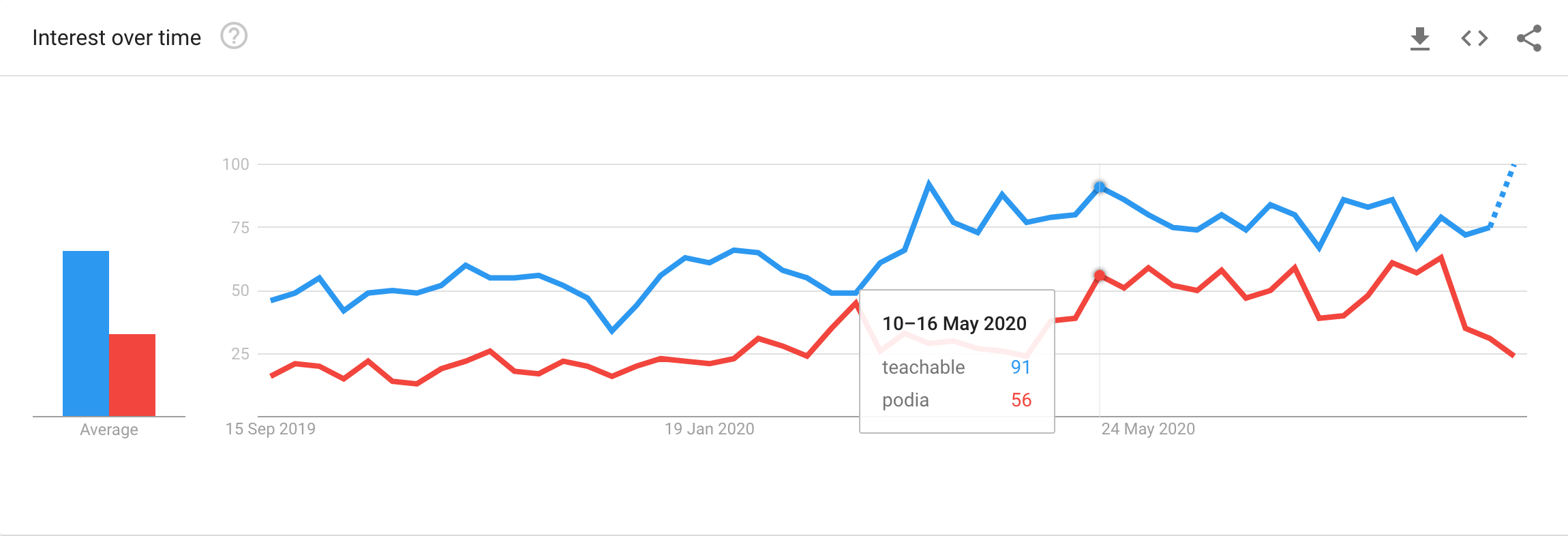
Quick Peek: Teachable

- No. Instructors: ~100k
Noteworthy Unique Features
- Coaching product allows you to arrange one-on-one teaching with students to complement self-paced learning
- Teachable Payments (and EU VAT compliance)
Quick Peek: Podia
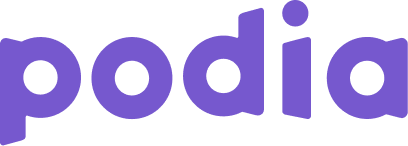
- No. Instructors: ~30k
Noteworthy Unique Features
- All-in-one digital storefront - can run webinars, sell digital downloads
- Built-in live chat
At a glance, here is a comparison:
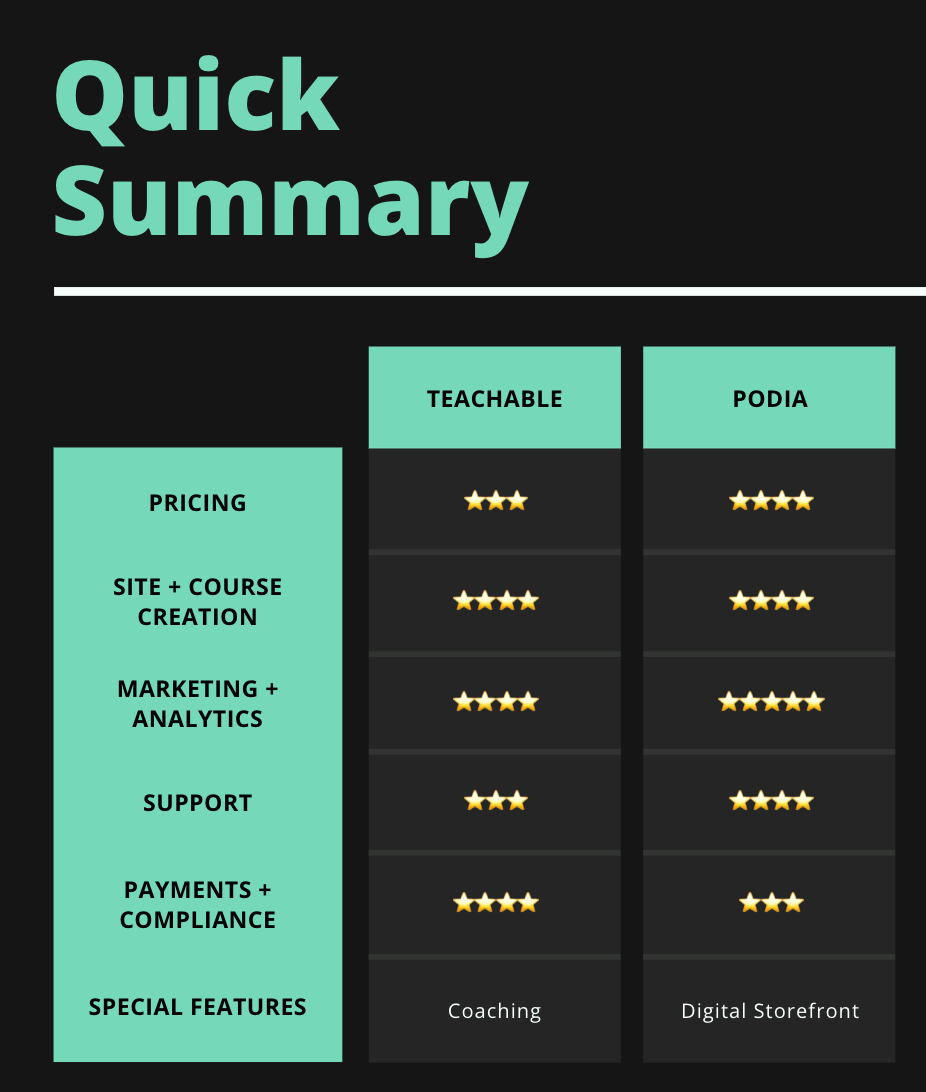
But we need to go into more detail before concluding which one is best, since it also depends on your specific needs and price sensitivity
Teachable vs. Podia: In-Depth Comparison
We will evaluate the two platforms against the following areas:
- Pricing Plans
- Ease of Use
- Design and Customization
- Compliance
- Marketing
- Analytics
- Customer Support
- Payment Options
1. Pricing Plans
Both platforms offer the following features across all tiers:
- Unlimited students
- Unlimited video
- Unlimited courses
Below we discuss differences in functionality at different pricing levels.
Free Plan & Trial
Neither platform offers a free tier, but both offer a 14 day free trial.
Teachable Offers 3 Different Payment Plans:
- Basic ($39/month)
- Pro ($119/month)
- Business ($299/month)
Whereas Podia has relatively simple pricing, with just two options:
- Mover Plan ($39/month)
- Shaker Plan ($79/month)

Basic Tier (Teachable) vs. Mover Plan (Podia)
Moving onto the lowest tier of the paid plans - within this price range, Teachable & Podia have very similar features, with the following key exceptions:
- Teachable charges 5% transaction fees on the lower tier, wheras Podia charges zero transaction fees on all tiers.
- Student progress tracking is available in all plans with Podia, but for Teachable you need to upgrade to the Pro ($119/month) plan for this feature
Professional Plan (Teachable) vs. Shaker Plan (Podia)
If we ignore the Teachable business tier (which you only need if you want to make extensive customization to your site using their Power Editor), then this is the top offering.
- At this price tier, Teachable dispenses transaction fees, making the two plans equal in that regard.
- Both only offer the memberships feature (allowing you to collect monthly subscriptions to your site) at this level
- Likewise, at this level both unlock blog and affiliate program features
Both companies offer discounts (~17%) for annual plans. Although teachable is more fully-featured (which we will discuss more in other sections), the core functionality is very similar, meaning that Podia is significantly cheaper.
Winner: Podia
gentle plug (1 of 3): CourseMaker is more affordable than both
2. Ease of Use
For Authors
Teachable and Podia are bursting with features, and both do a decent job of layering the complexity so you're not overwhelmed upfront. However the podia user experience is extremely intuitive and well-designed. If you had to create a course as fast as possible and had never used either platform before, I'd bet that you'd get it done faster with Podia.
Teachable's UI takes the form of sidebars with sub-drawers:
teachable
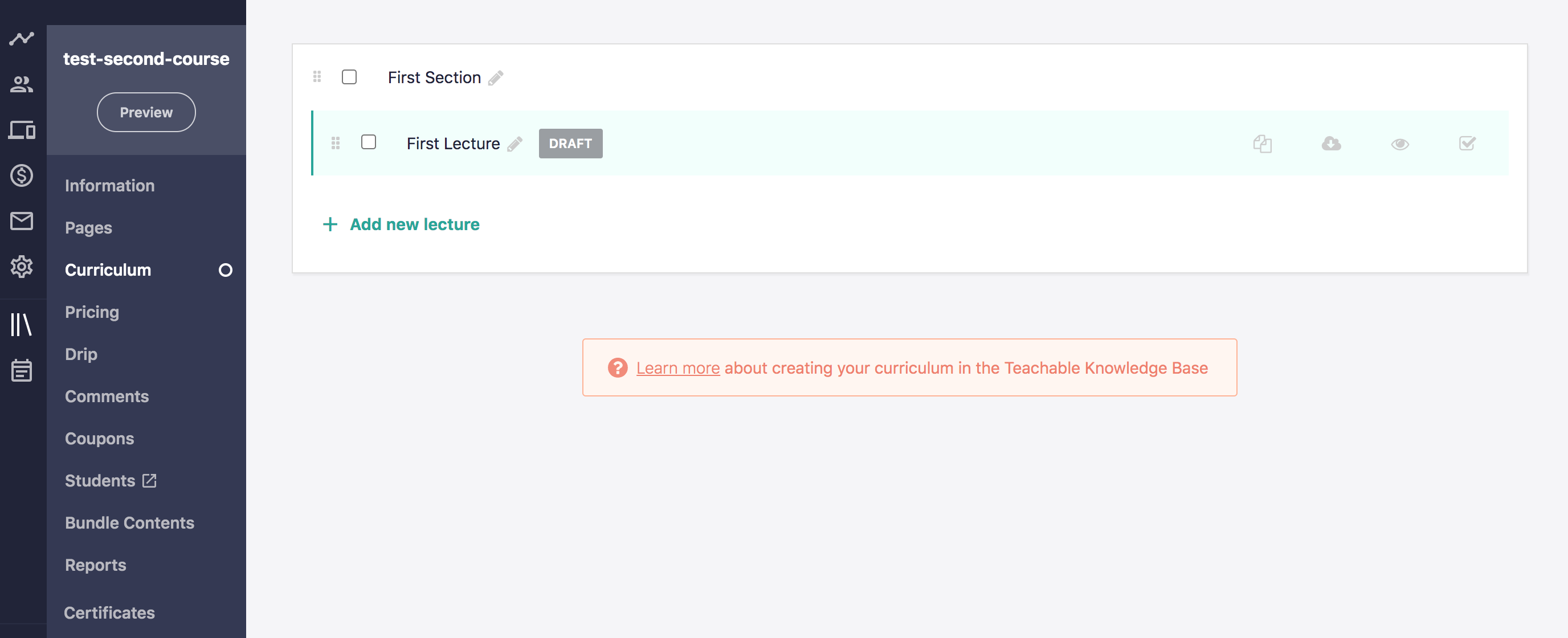
Whereas podia is more tabs:

For uploading videos, Teachable notably has the concept of a video library where you can bulk import videos to be selected. This includes integrations with:
- Google Drive
- Dropbox
- OneDrive
This is something Podia does not have, which means that course creation is all drag and drop (much slower). This is could be quite annoying if you already have a course prepared and just want to move it onto Podia (although they do offer a free migration service).
For Students
Both options generate responsive student websites which look great on mobile and tablets. Each student site comes with a useful video player (with different viewing speeds for a pleasant online learning experience). Lessons can be set as downloadable (including lesson notes in pdf). It's pretty user-friendly, and not much to distinguish the two in this area.
Teachable has an iOS app which students can use for a limited subset of the desktop site's functionality, notably:
- Resume where they left off on another device
- View handouts, worksheets, and lecture content
- Stream course videos
- Take lecture quizzes and view their scores
- Complete lectures and sync their progress with other devices
Winner: Podia
3. Design and Customization Options
Custom domains (with SSL certificates for security) are available on Teachable and Podia at the basic plan level - if you don't set these you can still publish your school at subdomains (e.g. joebloggsschool.teachable.com)
All the pages you will need for online course creation are covered by both platforms' page builder functionality:
- Landing pages & sales pages
- Checkout pages
- Sign in / Sign up
- Coming soon
Podia's site builder is significantly more light-weight, much more dropdowns and specific fields you can toggle:

This can be great to get things done quickly, and it's very easy to use.
For significant customization, Teachable is better. Teachable both provide access to customizable HTML and CSS files, meaning that you can bring in someone familiar with those technologies to fully customize the look and feel of your course website.
teachable
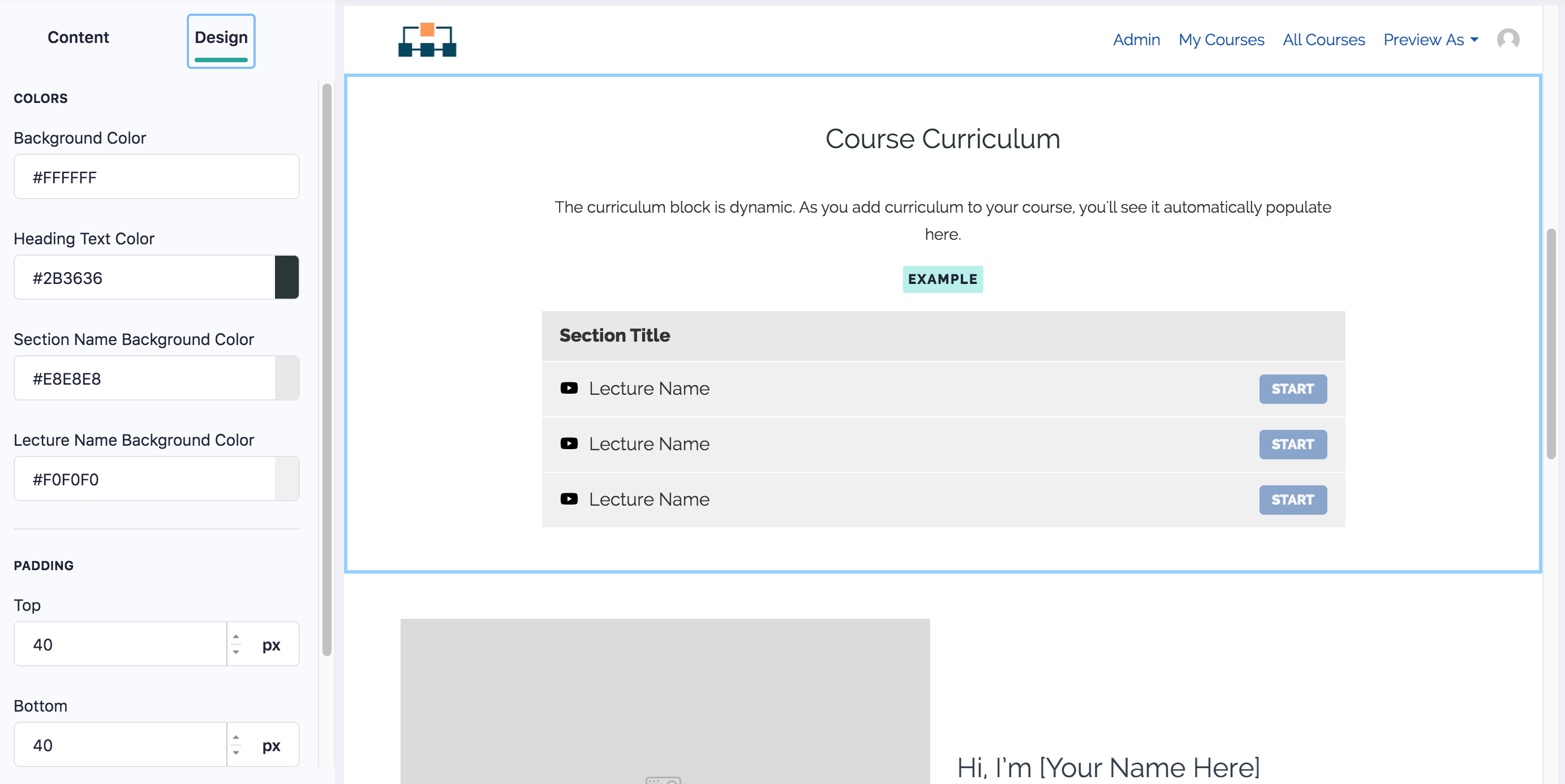
Only Teachable offers course completion certificates as a feature (which some students really care about, from my own experience).
Winner: Teachable
4. Compliance
If you are selling to customers in the EU, then you should ensure that you are charging and remitting EU VAT. A common misconception is that this is only required if you are a business based in the EU - this is not the case if you have customers in the EU, then you should be calculating VAT based on the location of that particular customer.
This can be quite a headache for course creators who just want to get on with making their content. Thinkific's answer to this has been to partner with Quaderno, a compliance SaaS platoform which automates the calculation and collection of EU VAT and integrates with payment gateways like Stripe. There is quite a landscape of SaaS payment companies which we cover in detail in this guide.
Then throw in the mix US Sales Tax and the concept of an economic nexus which has emerged after the Wayfair 2018 Supreme Court Case. Now in certain states if your sales exceed a certain dollar amount or transaction number, you are eligible for Sales tax.
Needless to say, this is a pain that course authors don't want to have to deal with. Podia does offer the ability to charge customers EU VAT, and provide you with a compliant invoice (see here for details) but you will still have to remit the tax yourself. Podia does not offer any solution for other sales tax.
On the other hand, Teachable offers "Teachable Payments" where they take care of EU VAT - including remitence:

However, they do not handle US Sales tax for you instead offering some vague warning that:
If you find that you need to add additional taxes for your state, you may wish to add an average tax amount to the base purchasing price for the course, and then save that amount to pay your taxes. Overall, only Teachable offers any kind of built-in way of dealing the tax hassle. Podia does not act as an intermediary between you and your students, meaning that the majority of compliance hassle is on you.
Winner: Teachable
5. Marketing Features
Both course builders have email marketing tools built in on all plans, which is quite notable. Each platform offers the ability to drip course content, and bundle courses (which can be very useful for upsells).
In terms of affiliate marketing, both platforms offer affiliate reporting (setting up affiliate links and reports on comissions). This is an important point if affiliates are a significant driver of course sales.
For your content marketing, blogs are available through both platforms. As you'd expect, neither of these are world-beating blogging platforms, but it does mean everything is in one place.
Podia really shines when it comes to presales. It's super easy to configure your course for prelaunches in Podia:

This is excellent - encouraging online course creators build an email list is in all parties' interests.
Another nice touch from Podia is the chat integration on every site (this just comes through to you as a message in your
Podia dashboard):
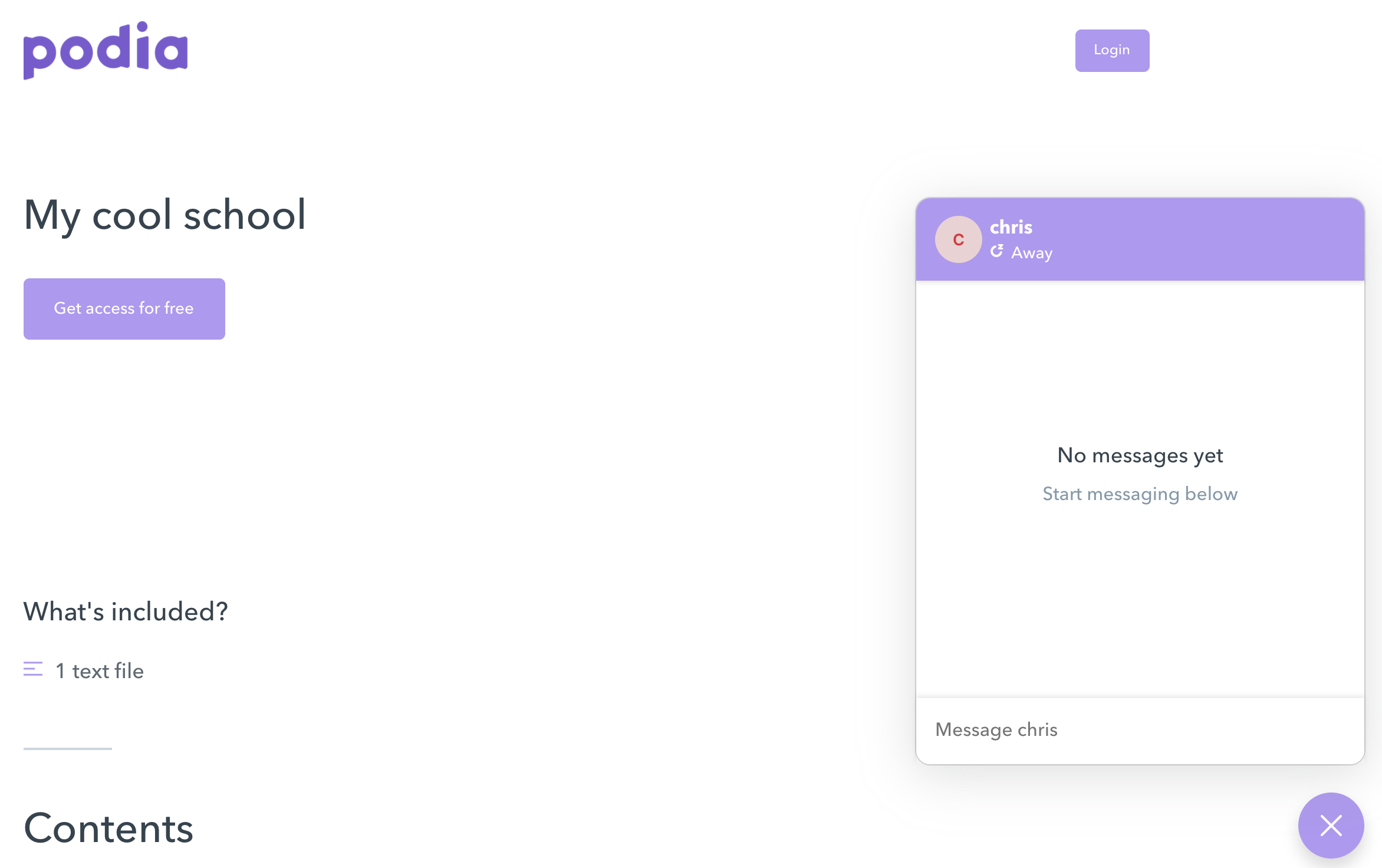
I think Podia's webinar functionality is a bit exaggerated - what's good is that it's very easy to turn a webinar into a product to sell. However they do not offer webinar generation as a feature, instead you integrate with YouTube Live or Zoom. If you're using Zoom you'll need to pay for that.
Podia's marketing-relevant integrations/marketing tools
- Zoom
- ConvertKit
- MailChimp
- Drip
- AWeber
- ActiveCampaign
- GetResponse
- MailerLite
Teachable's marketing-relevant integrations/marketing tools
- ConvertKit
- Segment
- Sumo
- MailChimp
For others, Teachable relies on Zapier. The problem with any reliance on Zapier is that you only get 100 tasks for free, after which you need to upgrade to Zapier's $19.99/month plan
Winner: Podia
6. Analytics
One of the key drawbacks of the Teachable basic plan is that you do not get access to "advanced reports" - meaning student progress tracking. For this, you need to upgrade to the pro plans. This means that you just get basic completion rates, and new student enrollments. Only when you upgrade can you see how far students got into your course, and how far into certain lectures they got before abandoning a lecture. If you're coming from Udemy (which offers this functionality to all authors), the omission can come as a surprise.
On the other hand, Podia offers these student reporting capabilities out of the box, but it is very simple: just the number of lectures completed.
Podia's analytics integrations:
- Facebook Pixel
- Google Analytics
- Can add 3rd party code

Teachable's analytics integrations:
- Facebook Pixel
- Google Analytics
- Segment

Winner: Podia
7. Customer Support
Speaking from personal experience, Teachable can definitely drop the ball when it comes to customer support. I have been left waiting for longer than 6 weeks for a fix to a bug which left my monthly funds transfer blocked. This was at the height of the COVID-19 pandemic, and Teachable was experiencing a higher volume of support requests than normal, but I still found it very worrying. On the other hand, for simple requests (particular those where customer chat support agents can easily copy existing support links), you will get a response within 24 hours.
Podia have strong customer service, and have replied to my queries quickly. It does piss me off a bit that they lie on
their comparisons with other platforms, e.g.
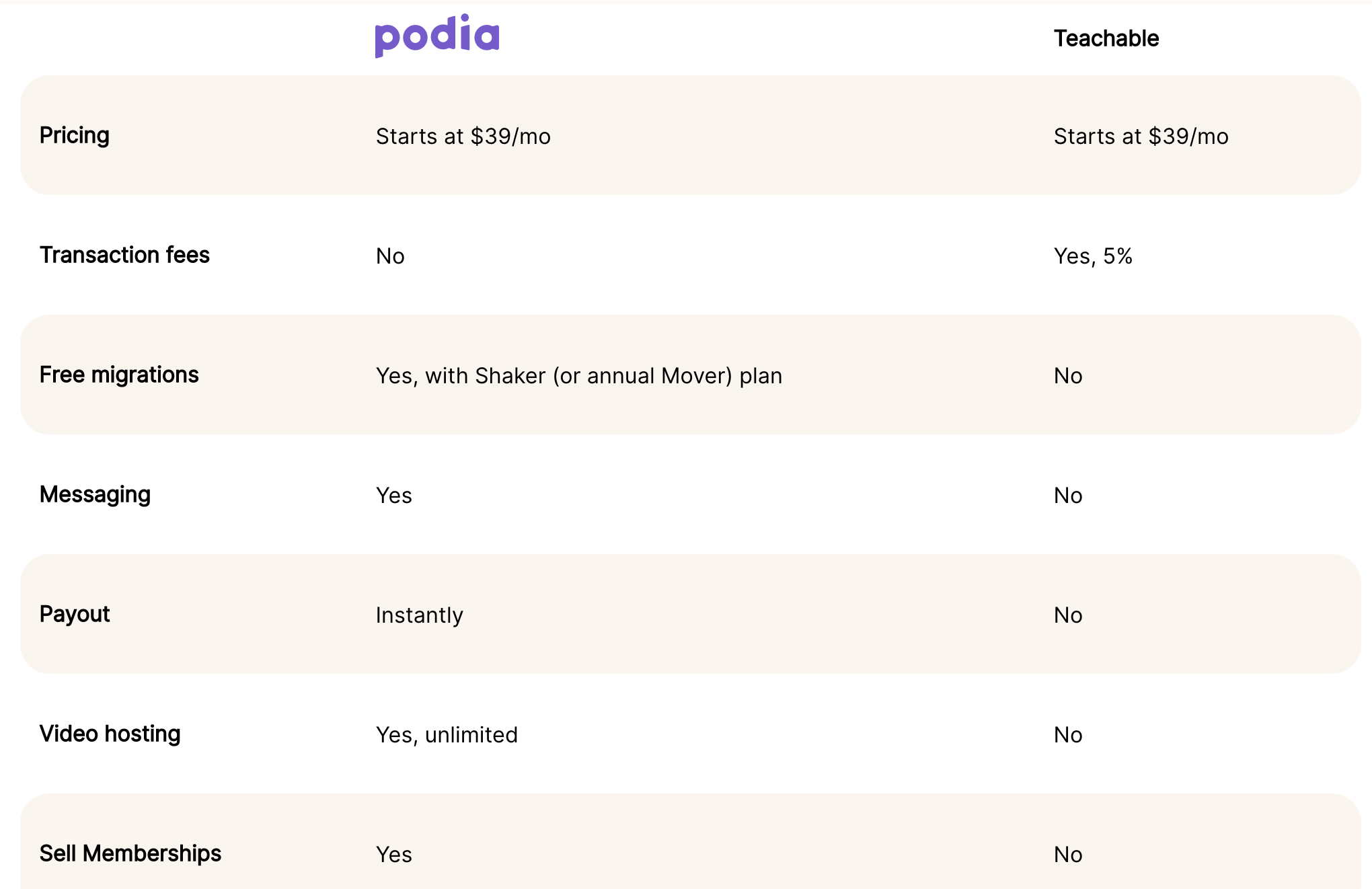
- Teachable only charges 5% at the lower tier (unclear from comparison)
- Teachable does offer instant payout on the higher tier (unclear from comparison)
- Teachable does host your videos
- Teachable does sell memberships
At CourseMaker we strive for greater honesty.
Winner: Podia
Payment Options
Both platforms offer integrations with major third-party payment gateways, notably Stripe and PayPal to collect your student payments via credit card. Both offer coupon codes so course creators can offer sales discounts.
Where things start to differ is that Teachable requiers you to be on its pro plan to integrate with your Stripe account, but I do think that their fundamental "we take care of it" approach - meaning that if you don't want to create Stripe account you can just give them a PayPal email address for a monthly transfer - is significantly easier.
Teachable offers 135 currencies, whereas Podia is limited to about 30
Teachable has a significant edge in that Google Pay and Apple Pay are supported
Teachable payments
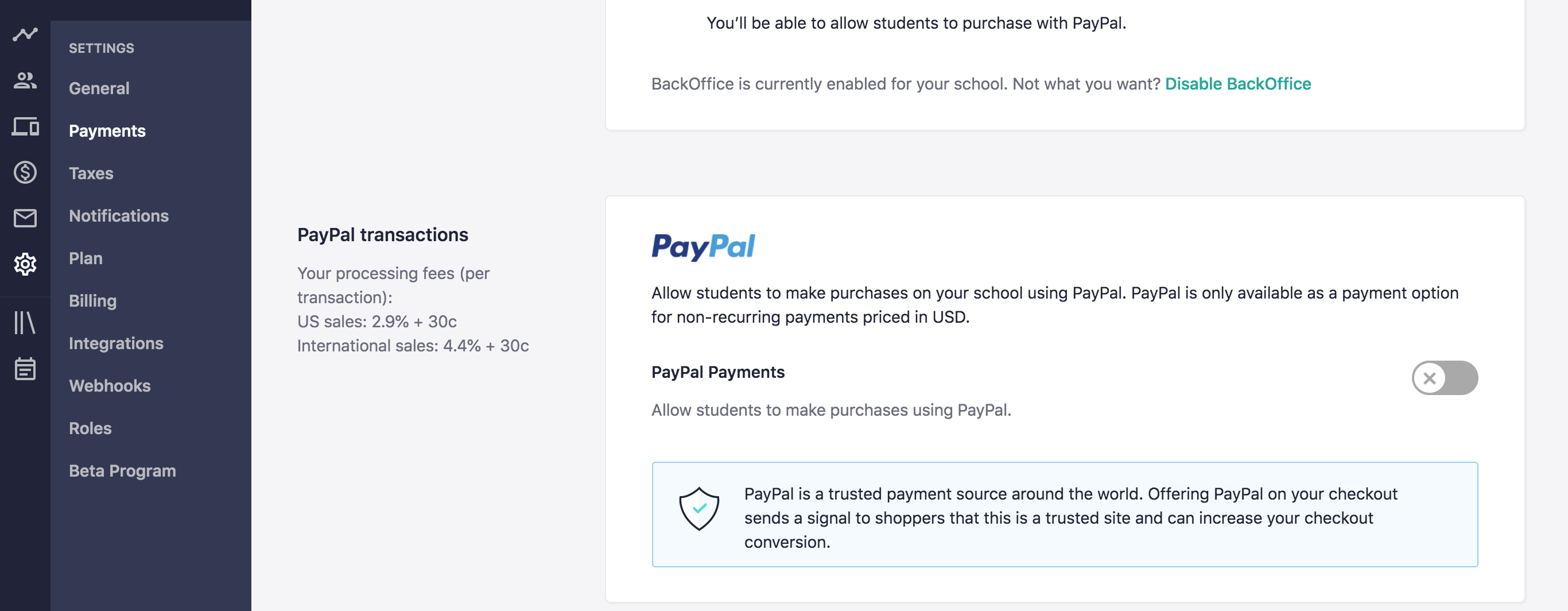
Business Models
If your business plan assumes a membership or subscription model, both Teachable and Podia offer memberships. This is as opposed to the more typical one-time payments online course site approach. A membership site results in monthly recurring revenue (MRR), which can be a more sustainable business model and is attractive for more established authors with a larger library of courses. Both sites require a pro plan in order to unlock this feature.
Payment Speed
If you opt-in to use "Teachable payments" (which uses Stripe Connect under the hood), then you become eligible for instant payouts. On the other hand, Podia offers instant access to your funds on all tiers, this is simply because they only offer the ability to directly integrate with Stripe/PayPal, meaning they are not acting as an intermediary (hence no delay).
If you want to get paid quickly: Podia
If you want the least hassle: Teachable
Conclusion
These two platforms are quite close in terms of what you get, there is no clear winner, rather the best platform choice depends on your circumstances:
If you want the most cost-effective option Choose Podia
gentle plug (3 of 3): CourseMaker is more affordable than either
If you really care about having a lot of control over the site design Choose Teachable
If you are worried about compliance Choose Teachable
If you don't want to do a lot of webinars or sell other digital products Choose Podia
If coaching is an important part of your value propostion Choose Teachable